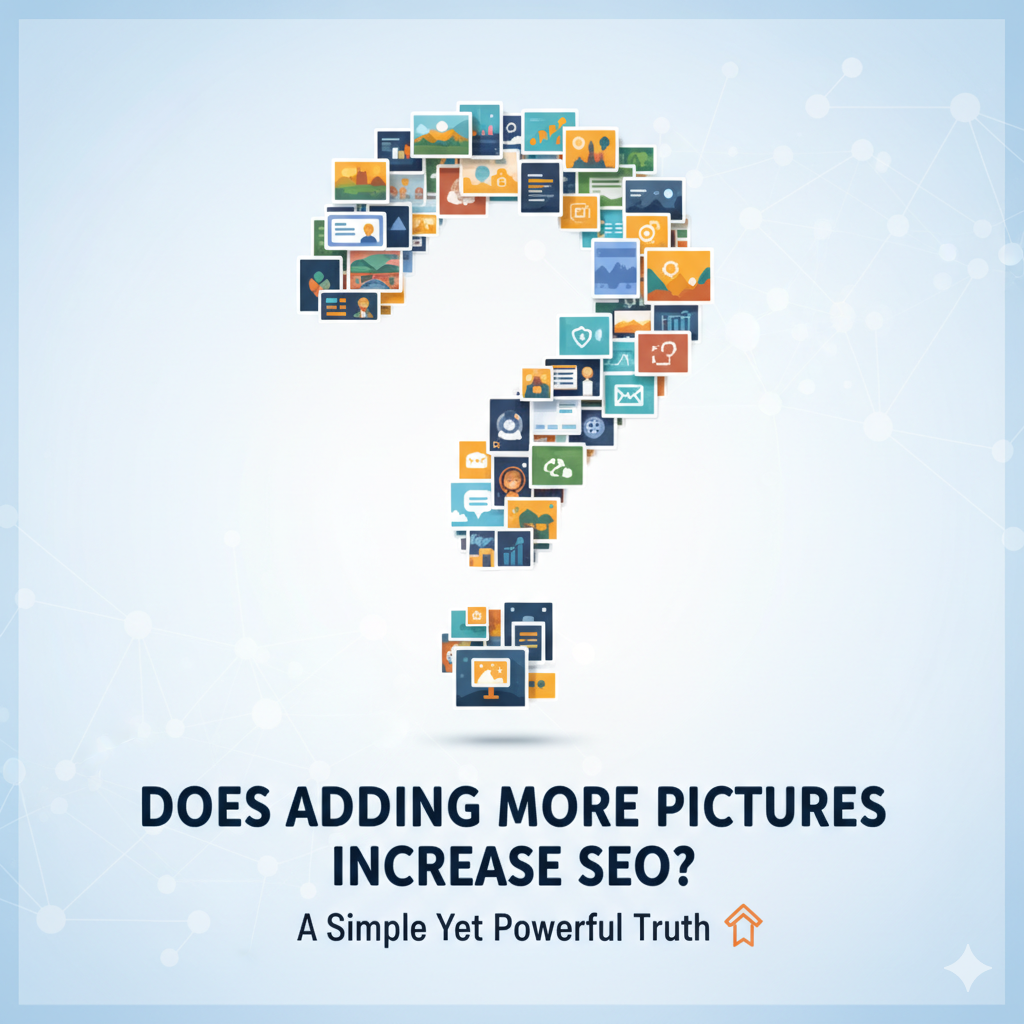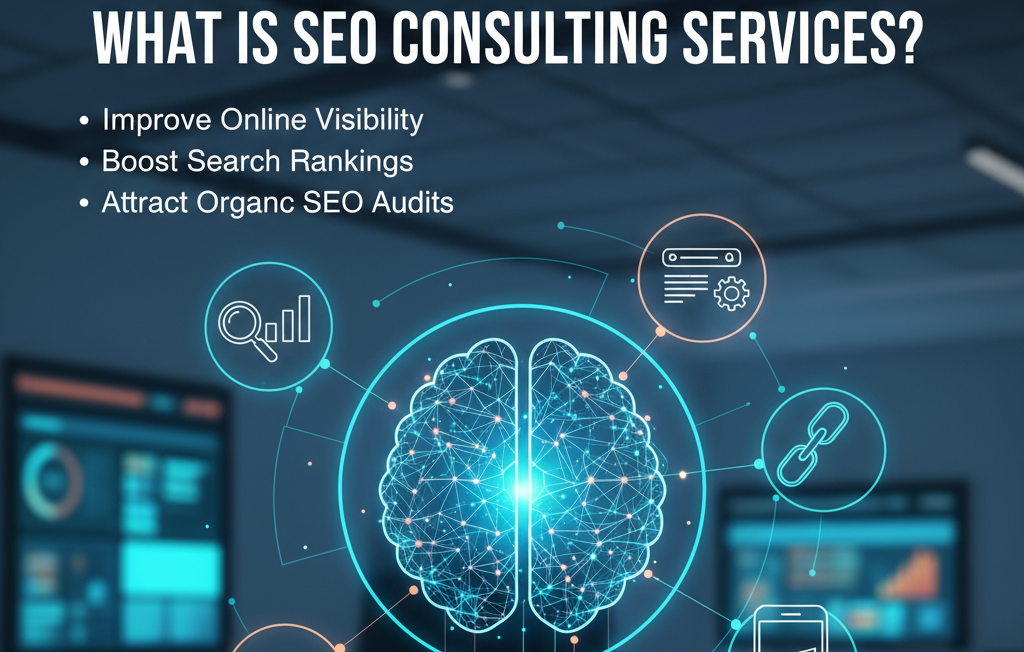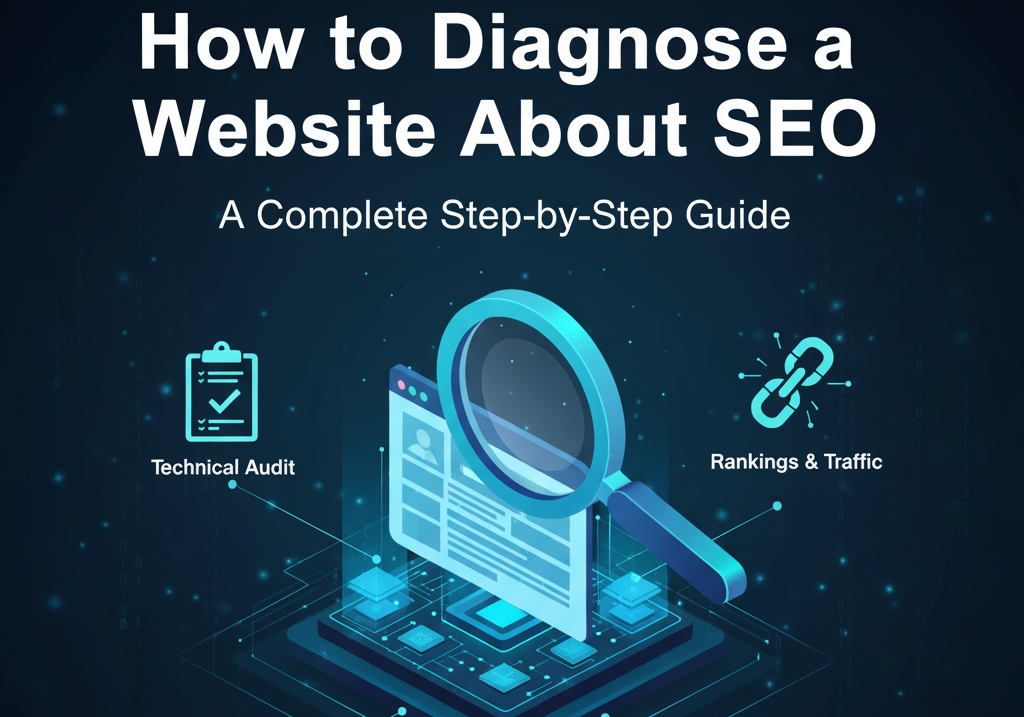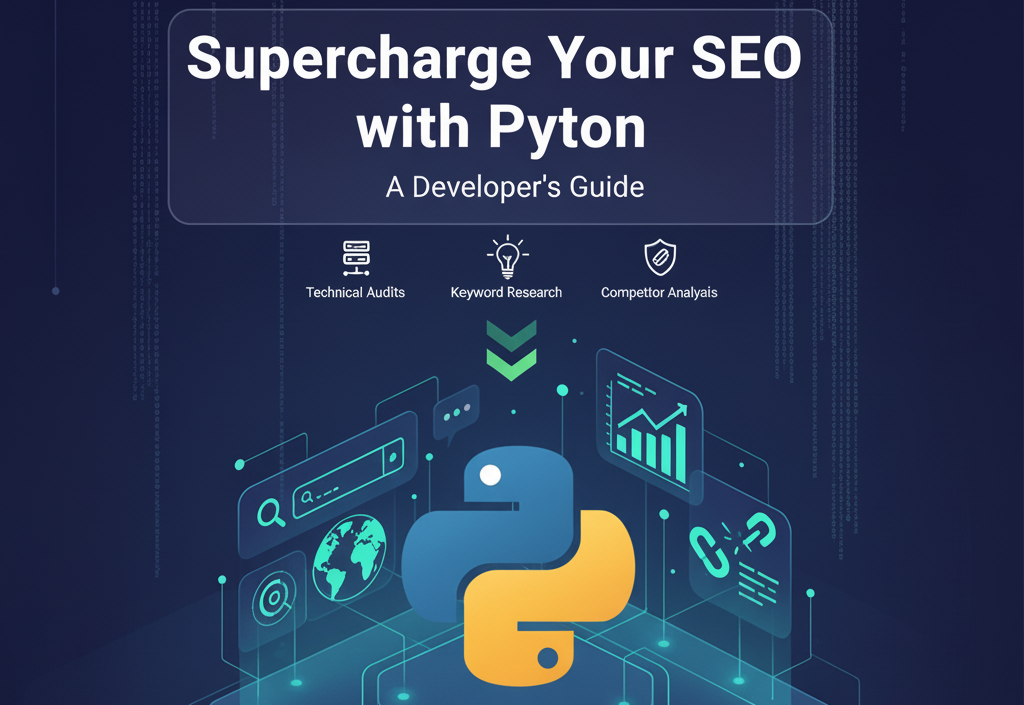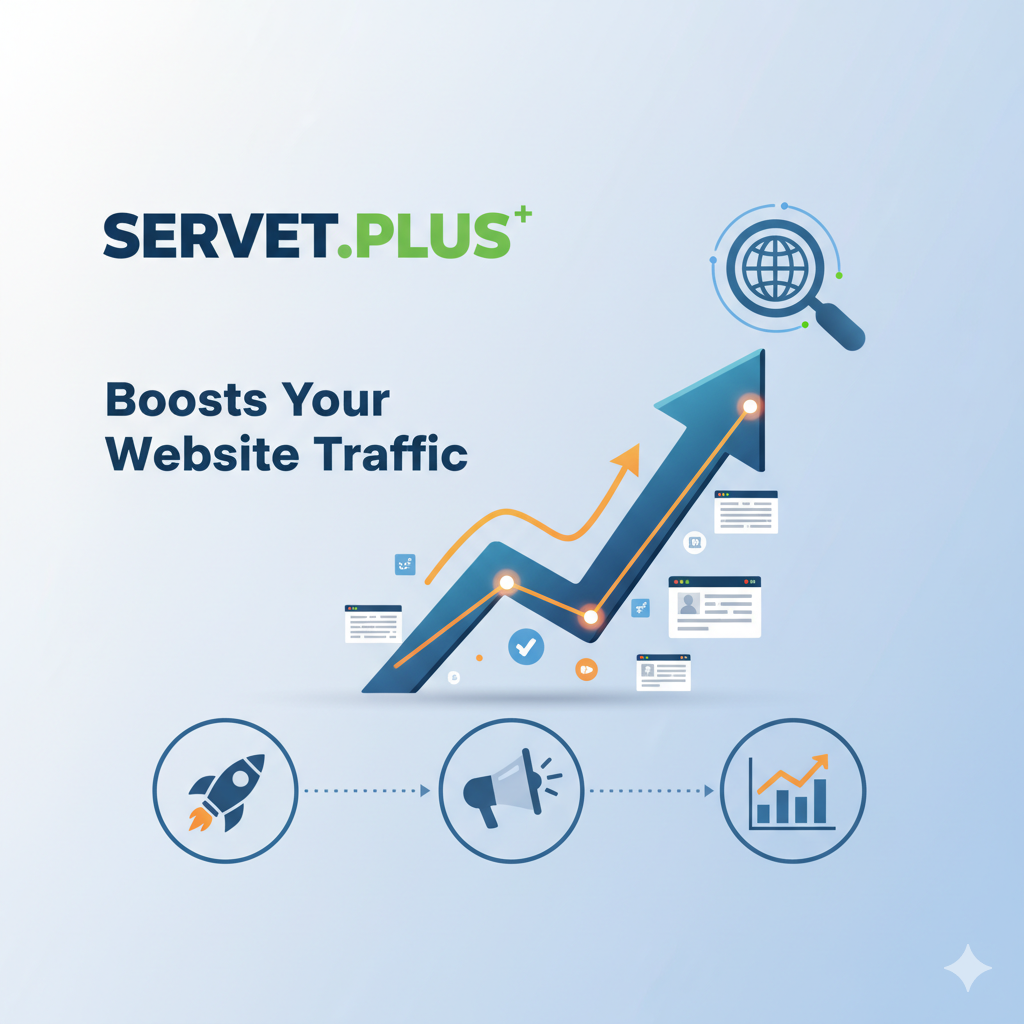In the realm of digital marketing, everybody wants their website to rank at the top of Google search results. We write quality content, pick the best keywords, and build backlinks — but what about images? Can adding more pictures increase SEO?
This query may additionally appear simple, but the answer can completely remodel the way you handle your internet site’s content. Let’s take a more in-depth have a look at how pix play an crucial position in optimizing your web page for serps and the way you can use them efficiently to reinforce your website traffic.
Why Images Matter for SEO
Before answering the big question — can adding more pictures increase SEO — it’s important to understand why search engines pay attention to visuals.
Google’s task is to offer customers with the first-class feasible experience. When traffic land in your website online, they don’t want to examine lengthy blocks of text. They want engaging, relevant pics that explain standards really and make studying exciting.
That’s where visuals make a big difference. Images can:
- Make your content easier to understand
- Keep visitors on your page longer
- Break up long paragraphs
- Bring extra visitors through Google Images
Individually, these might not seem like SEO factors, but together they boost user engagement — and Google loves that.
If you’re just getting started, check out our guide on What is SEO? to understand the basics before diving deeper into image optimization.
So, Can Adding More Pictures Increase SEO?
Yes — but only when done the right way!
Adding more images can improve your SEO if those images:
- Support the content
- Are properly optimized
- Don’t slow down your site
If you randomly add unoptimized pictures, they won’t help your rankings. In fact, large, heavy images can slow your website down — and that can hurt your SEO performance. Learn more about site performance in our post on How Many Internal Links per Page for SEO.
1. Add Relevant and Meaningful Images
Every picture on your site should serve a clear purpose. For example, if you’re writing a blog about How to Plant Roses, include pictures showing rose gardens, tools, and step-by-step planting visuals.
Relevant images help your audience understand the topic better and keep them engaged longer. The longer visitors stay on your page, the more Google sees your content as valuable — improving your rankings.
You can read more about improving on-page engagement in our article on The Ultimate Checklist for Effective Shopify SEO.
2. Optimize Image Size and Format
Large images can slow down your website — and search engines dislike slow pages.
Here’s how to optimize images for SEO:
- Compress them with tools like TinyPNG or ImageOptim
- Use modern formats like WebP or JPEG
- Resize them according to your layout
Fast-loading pages improve user experience and help your site rank higher. For speed and technical optimization, explore our post on AI SEO Tools for Scalable Solutions.
3. Use Descriptive File Names and Alt Text
Here’s something many site owners overlook — Google can’t “see” images like humans do. It relies on file names and alt text to understand what a picture shows.
Example:
❌ IMG1234.jpg
✅ red-rose-planting-guide.jpg
Alt text example:
“woman planting a red rose in garden soil”
This helps search engines understand your images and can even make them appear in Google Image search results — bringing more organic traffic your way.
Learn more about this technique in our post on Semantic SEO Writing Tools.
4. Add Captions When Needed
Captions are short descriptions under your images — and they matter! Research shows captions are among the most-read parts of an article.
A simple, relevant caption increases engagement and helps Google understand your page context. For more on improving user engagement metrics, read our guide on How Many Keywords Should I Use for SEO?.
5. Create Original Images
To truly stand out, use original visuals instead of stock photos.
Search engines value authenticity. Original photos, screenshots, infographics, or graphics made by your team make your content look more trustworthy.
Bonus tip: Original images can attract backlinks when other sites use or reference them (with credit). Backlinks are another strong SEO signal.
Want to attract quality backlinks? Check out How to Get SEO Clients for strategies that can also apply to link acquisition.
6. Add Structured Data for Images
If you’re comfortable with a bit of technical SEO, add image schema markup (structured data). This helps Google display your images in rich snippets or carousels.
For more advanced SEO topics, read our B2B SEO Case Study.
7. Keep a Balance — Don’t Overdo It
While adding images improves SEO, overloading your page with them can do harm.
Too many large visuals can:
- Slow down your website
- Distract users from the main content
- Make your design look messy
The goal is balance — use enough images to support your message but not so many that they hurt readability. To improve your page’s visual balance, explore our article on Organic SEO Services.
8. Enhance Accessibility with Alt Tags
Adding proper alt text not only helps search engines but also improves accessibility for visually impaired users. Google rewards websites that prioritize inclusivity and user experience.
By writing descriptive alt text, you’re helping both your visitors and your SEO performance. Check out our deep dive into SEO for Accountants for more examples of accessibility and niche optimization.
9. Use Image Sitemaps
An image sitemap tells Google about all the images on your site. If you upload visuals frequently — for example, on a blog, portfolio, or online store — an image sitemap helps Google find and index them faster.
Once your images are indexed properly, they’re more likely to appear in Google Image Search. For sitemap setup and indexing, read Boost Your SEO Rank with Rapid URL Indexer.
10. Track Image Performance
SEO is not a one-time job. After optimizing your pictures, analyze their performance using tools like:
- Google Search Console (Image tab)
- Google Analytics (Engagement metrics)
This helps you identify which visuals attract traffic and which ones need improvement.
If you want to monitor your SEO efforts more efficiently, read our post on Google SEO Updates 2024.
Final Thoughts
So, can adding more pictures increase SEO?
Yes — but only when implemented wisely.
High-quality, relevant, and optimized images can:
- Improve user experience
- Reduce bounce rates
- Help Google understand your content
- Bring extra traffic from Google Images
- Strengthen your overall SEO strategy
Images are more than decoration — they’re a vital SEO tool. Next time you publish a blog or update your website, remember: a single image can be worth a thousand words… and a few hundred clicks.
Want more SEO tips like this? Visit BoostRankify’s Blog for expert guides on Link Building, Keyword Research, Local SEO, and Content Marketing Strategies.

